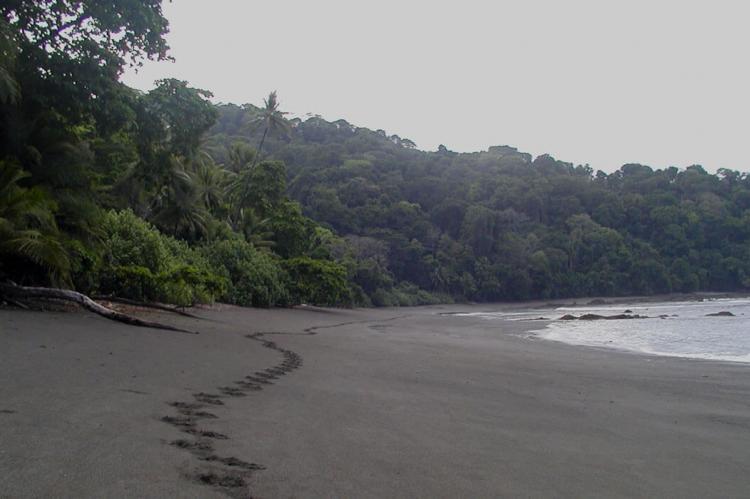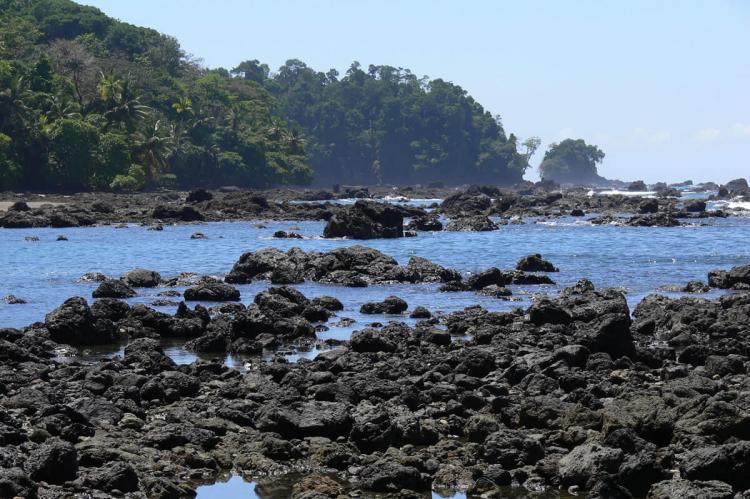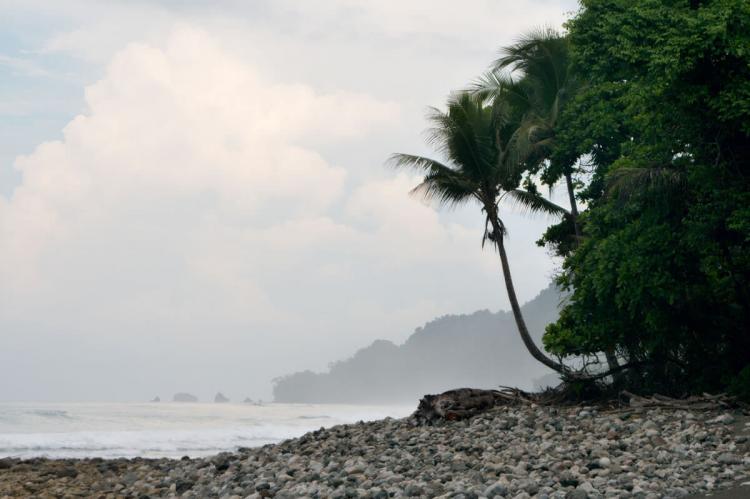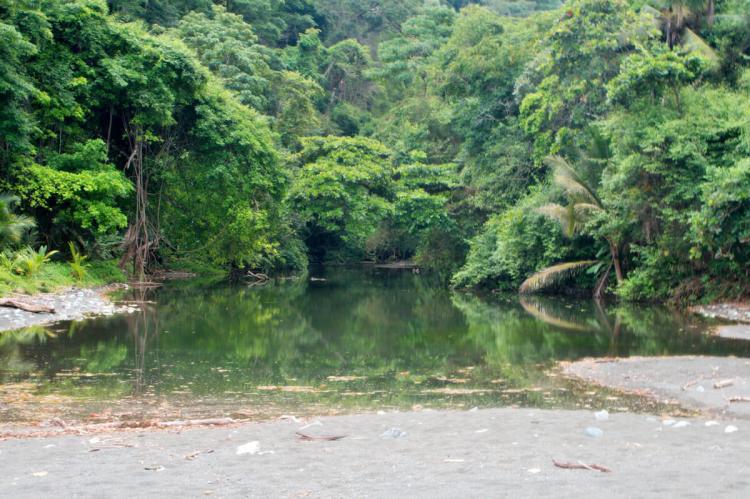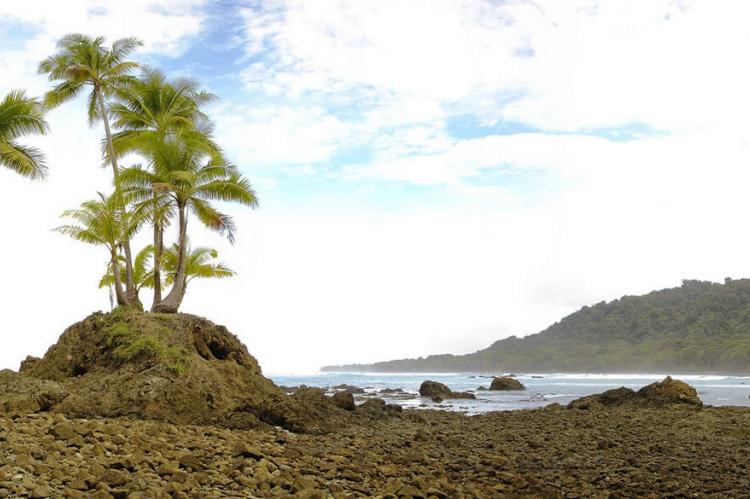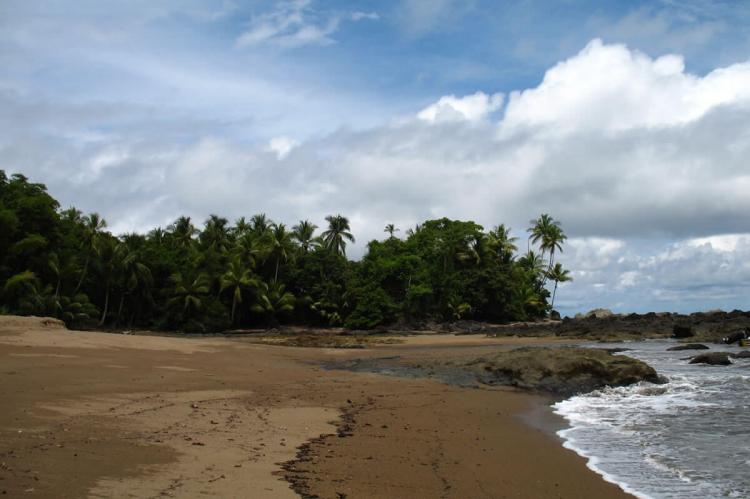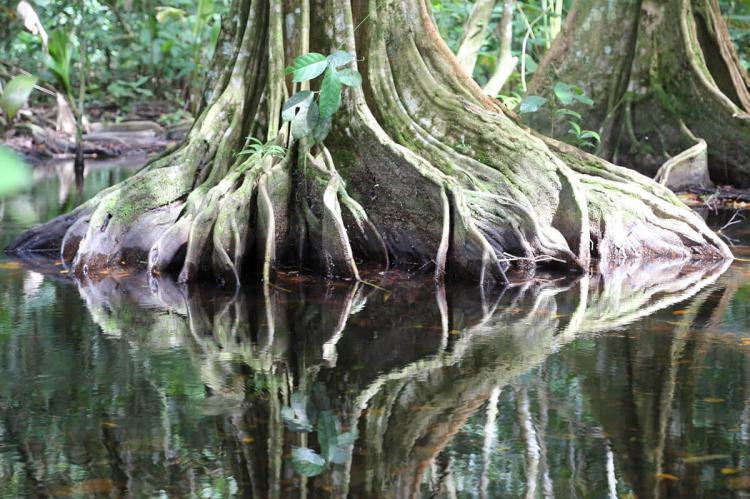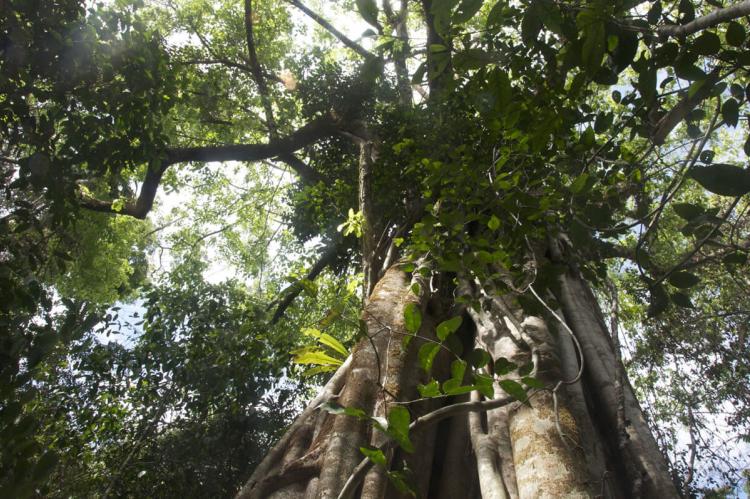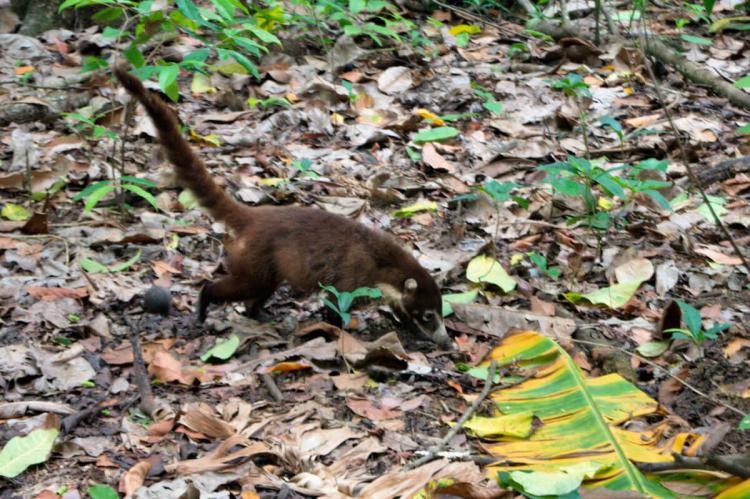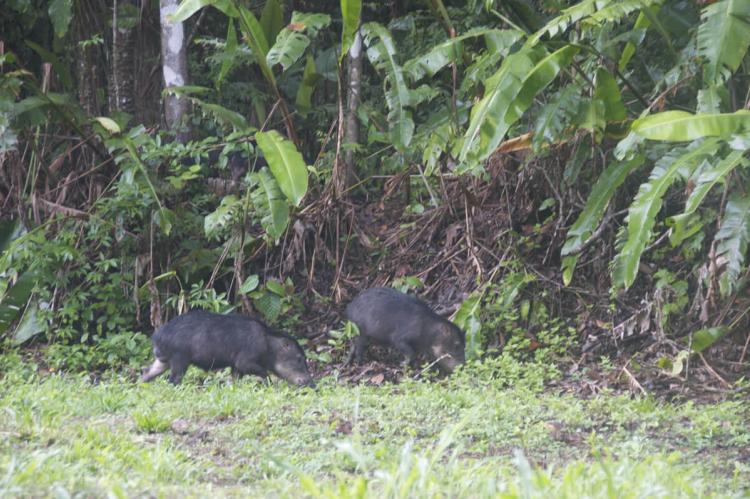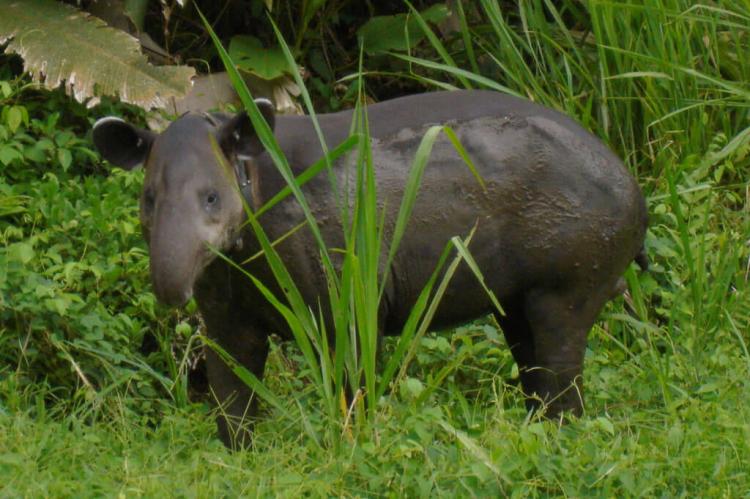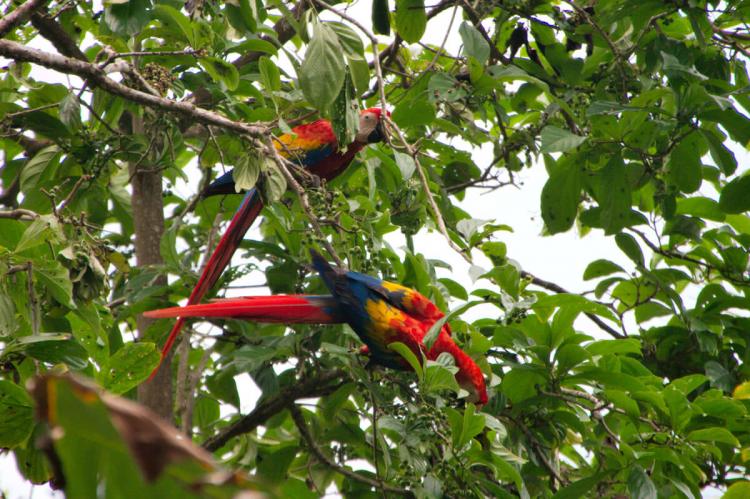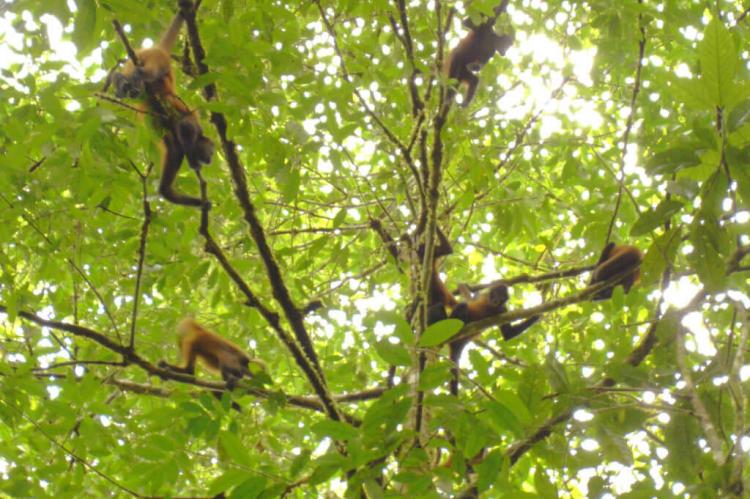Corcovado National Park: Costa Rica's Natural Gem
Nestled like a verdant jewel within the embrace of the Osa Peninsula in southwestern Costa Rica, Corcovado National Park is a living, breathing sanctuary that boasts the distinction of sheltering the largest expanse of primary forest along the American Pacific coastline.
Corcovado National Park
Costa Rica's Natural Gem
Nestled like a verdant jewel within the embrace of the Osa Peninsula in southwestern Costa Rica, Corcovado National Park is a testament to the country's unwavering commitment to preserving its unparalleled natural wonders. Established in 1975 as a bulwark against the encroachment of illegal gold mining and logging activities, this ecological haven spans over 41,000 hectares (100,000 acres), solidifying its status as the largest national park in Costa Rica and a guardian of a third of the Osa Peninsula's ecological riches.
Flora and Fauna Marvels
Corcovado National Park is a living, breathing sanctuary with the distinction of sheltering the largest expanse of primary forest along the American Pacific coastline. This expansive landscape hosts an extraordinary array of wildlife, with over 140 mammal species calling it home. Among its charismatic inhabitants are the endangered Baird's tapir, the elusive jaguar, and the rare harpy eagle, symbolic of the park's critical role in biodiversity conservation.
The park's rivers and lagoons teem with life, with American crocodiles, spectacled caimans, and even bull sharks contributing to its ecological richness. Bird enthusiasts are treated to a visual symphony as 400 bird species, including 20 endemics, grace the skies with their vibrant plumage.
Diverse Ecosystems and Verdant Landscapes
Corcovado's ecological tapestry is woven with diverse ecosystems, including montane forests, cloud forests, jolillo forests (palm swamps), prairie forests, and mangroves. With over 500 tree species, including the iconic purple heart, cow tree, and nargusta, the park is a living testament to Costa Rica's botanical marvels.
The park's coastal waters are equally enchanting, and nearby reserves like the Cano Island Biological Reserve amplify the richness of marine life. From the wintering humpback whales to the playful dolphins and various sea turtle species, the coastal ecosystem is a dynamic showcase of nature's splendor.
Visitor Experience and Conservation
Corcovado offers a network of well-maintained trails for avid hikers and nature enthusiasts, ensuring a deep immersion into the heart of its biodiversity. Four strategically placed ranger stations facilitate exploration and underscore the commitment to visitor safety and conservation. As one of the last strongholds for the jaguar in Central America, the park plays a pivotal role in the survival and protection of endangered species.
Geopolitical Harmony and Conservation
Beyond its natural wonders, Corcovado National Park symbolizes Costa Rica's profound dedication to sustainable practices and conservation efforts. The park's creation in response to environmental threats reflects the country's commitment to harmonizing nature preservation with responsible tourism.
Corcovado is an emblematic example of how nations can balance ecological preservation with public access, ensuring the resilience and vitality of this natural wonder for generations to come. It serves as a call to collective action, highlighting the shared responsibility of preserving our planet's ecological treasures for humanity's and the environment's well-being.
